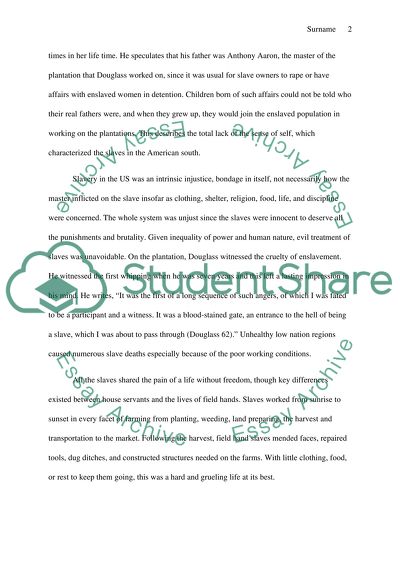Cite this document
(“Douglass Research Paper: What it was to be a Slave in the United Paper”, n.d.)
Douglass Research Paper: What it was to be a Slave in the United Paper. Retrieved from https://studentshare.org/history/1450793-douglass-paper
Douglass Research Paper: What it was to be a Slave in the United Paper. Retrieved from https://studentshare.org/history/1450793-douglass-paper
(Douglass Research Paper: What It Was to Be a Slave in the United Paper)
Douglass Research Paper: What It Was to Be a Slave in the United Paper. https://studentshare.org/history/1450793-douglass-paper.
Douglass Research Paper: What It Was to Be a Slave in the United Paper. https://studentshare.org/history/1450793-douglass-paper.
“Douglass Research Paper: What It Was to Be a Slave in the United Paper”, n.d. https://studentshare.org/history/1450793-douglass-paper.


